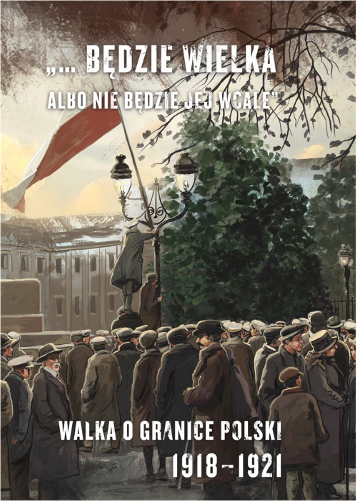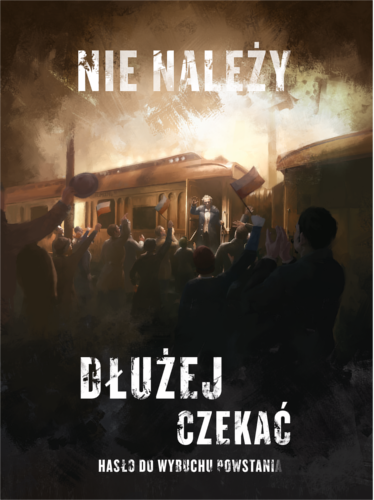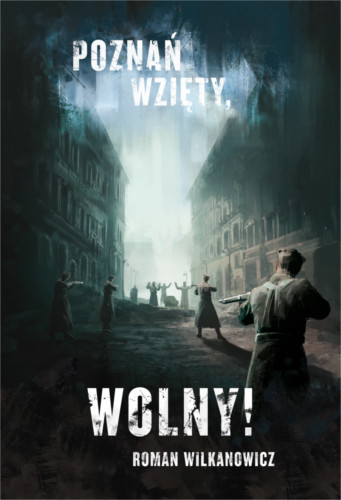"...Poland Will Be Great or It Will Not Exist at all"
– These words uttered by Marshal Józef Piłsudski testify to the nature of the struggle for the Polish borders during 1918–1921. The reinstatement of Polish independence was followed by a time of difficult decisions. The fight was waged not only over the shape of a specific portion of the border, but also over regions’ state affiliation. Poland was fighting with Bolshevik Russia for its survival as a state.
Read more
















